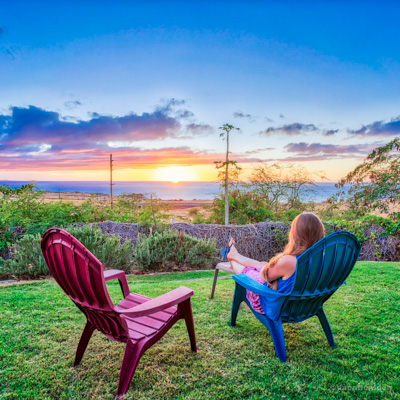Best Places to Visit in West Virginia

Searching for the best places to visit in West Virginia? Well, you are in the right place! I’ve found that The Mountain State offers a perfect mix of adventure, history, and relaxation, making it one of the most truly rewarding places to visit in the U.S...Here are the places I recommend from my recent four week road trip, and I hope you’ll enjoy them as much as we did.
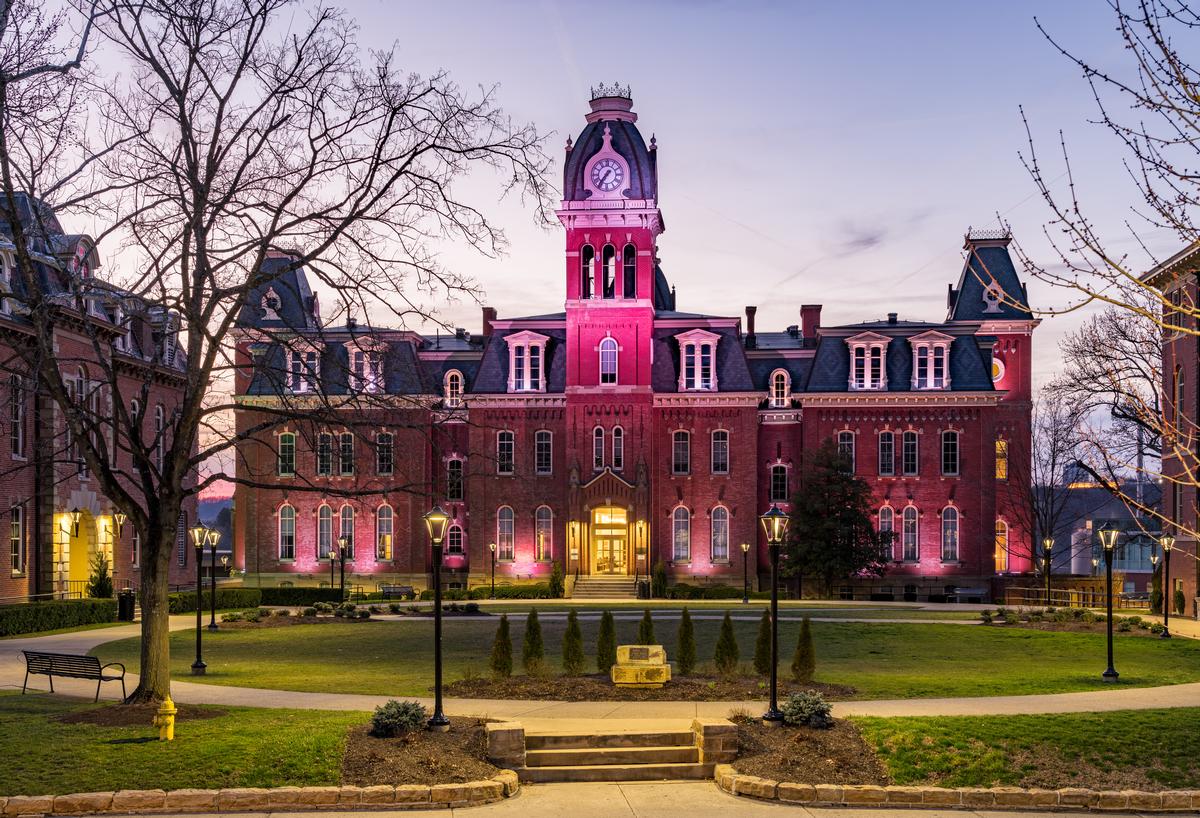

1. Morgantown
I was completely charmed by the delightful blend of mountain-town vibes and college-town energy here!
A leisurely drive along I-79 brought me into the heart of downtown Morgantown, a compact but lively area filled with restored brick façades, local cafés, and street art where I wandered through the Farmer’s Market Pavilion, browsed Appalachian-made crafts at Hoot and Howl, and lingered over a farm-to-table dinner at Table 9, right on the riverfront. That evening in Morgantown, I strolled along part of the 6-mile Caperton Trail, watching the sun dip below the wooded hills watching rowers across the water during my warm July vacation.
I spent two cozy nights at the 3-star Morgantown Marriott at Waterfront Place, which offered beautiful river views and was within walking distance of the Wharf District’s restaurants and trails. We found that prices at Morgantown were generally more affordable than many other scenic towns we’ve visited (which made it even more appealing!).
What I loved Best
Riding the cheap (just 50 cents to ride) Personal Rapid Transit system was my personal highlight as the quirky, driverless monorail whisks you from campus to the riverfront. The city's Personal Rapid Transit's definitely the one secret you need to know to get around the town efficiently and cheaply!
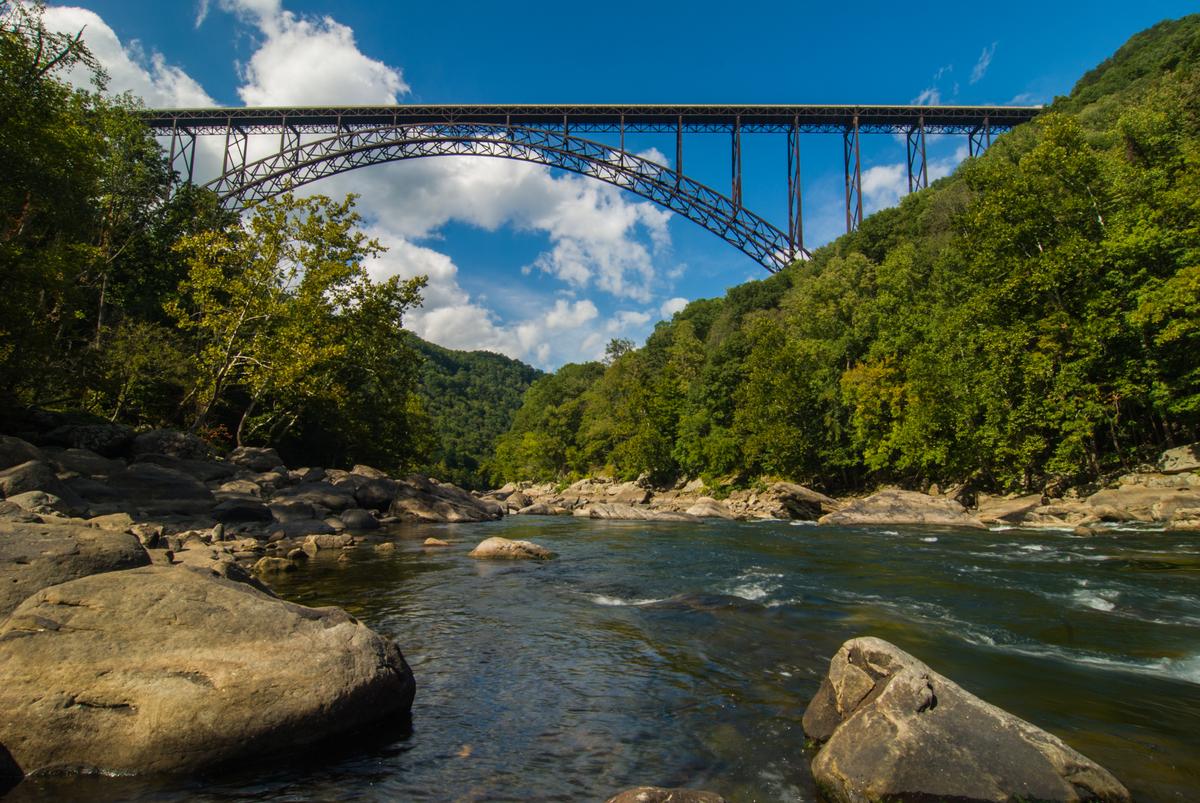
2. New River Gorge
Chris and I both absolutely love New River Gorge, and have been many times. One of the best places to visit in West Virginia when I moved South was this unique town. I was amazed by how spectacular the landscape was! Recently named a national park, it’s one of the absolute best places in the state for outdoor adventure and breathtaking views.
We started at the New River Gorge Bridge, which quickly became my favorite landmark. Standing on the overlook and gazing at the massive steel arch spanning the canyon was both exciting and unforgettable. On Bridge Day, people even BASE jump from it, which adds an unusual thrill to the area’s story. Go whitewater rafting on the New River, visit Fayetteville with cozy cafes.
What I loved best:
Hiking along the Endless Wall Trail was my personal highlight.

3. Parkersburg
Located at the confluence of the Ohio and Little Kanawha Rivers, this place felt like one of the state’s most underrated destinations. We started at Blennerhassett Island Historical State Park, which quickly became my favorite experience.
We checked into an affordable vacation rental for seven days and explored from there. You can also visit the elegant 18th-century Blennerhassett Mansion, stroll through Downtown Parkersburg, visit the Oil & Gas Museum, which was a hidden gem.
I also enjoyed spending time along the riverfront, where trails and parks made it easy to relax with a view of the water. Sunset over the Ohio River was absolutely spectacular and gave me one of my favorite memories from the trip.
- Where to Stay: 3-star Blennerhassett Hotel ($140), 3-star Hampton Inn ($110)
What I loved best:
What I loved most about this town was how it mixes history, river scenery, and small-town warmth. To me, it’s one of West Virginia’s best places to visit, offering both cultural depth and joyful outdoor beauty.
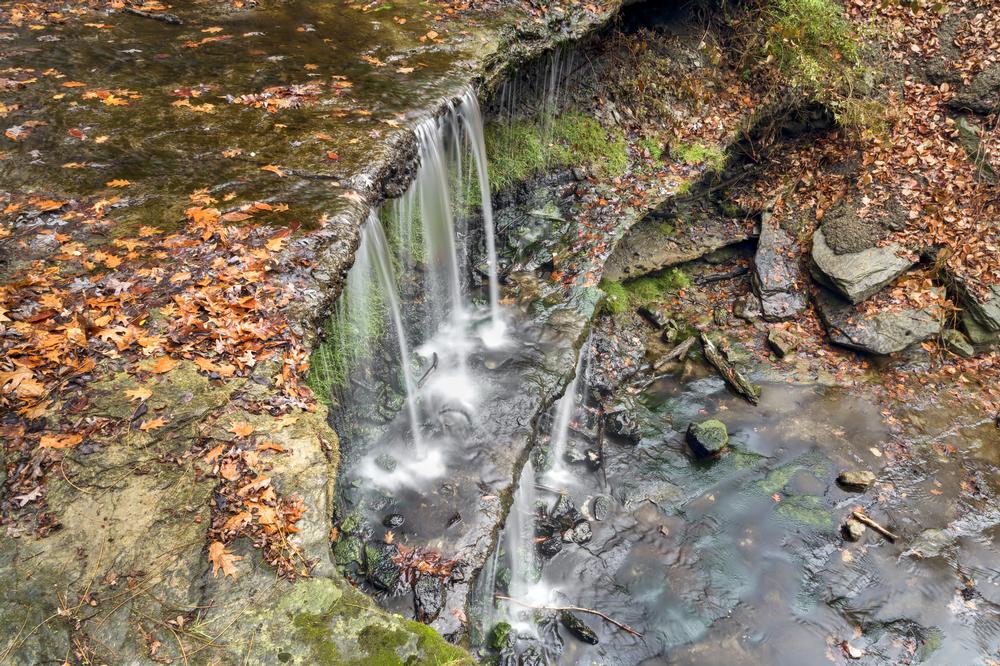
4. Wheeling
I fell for the mix of historic charm, outdoor adventure, and family fun in this unique city along the Ohio River! Once a booming Victorian-era city, today it’s full of grand old architecture, lively parks, and plenty of activities to keep kids entertained. "The Friendly City" feels like stepping into a river town where history and play blend seamlessly.
After just over an hour’s drive west from Pittsburgh, we arrived in a place that was both laid-back and packed with kid-friendly surprises. Check out the 3-star Oglebay Resort & Good Zoo, Heritage Port & Riverfront, Kruger Street Toy & Train Museum, Capitol Theatre & Centre Market, Wheeling Suspension Bridge, and Oglebay Park’s Winter Festival of Lights if you visit in the winter.
What I loved best:
My personal highlight was browsing the Centre Market District, filled with antiques, art, and local food.
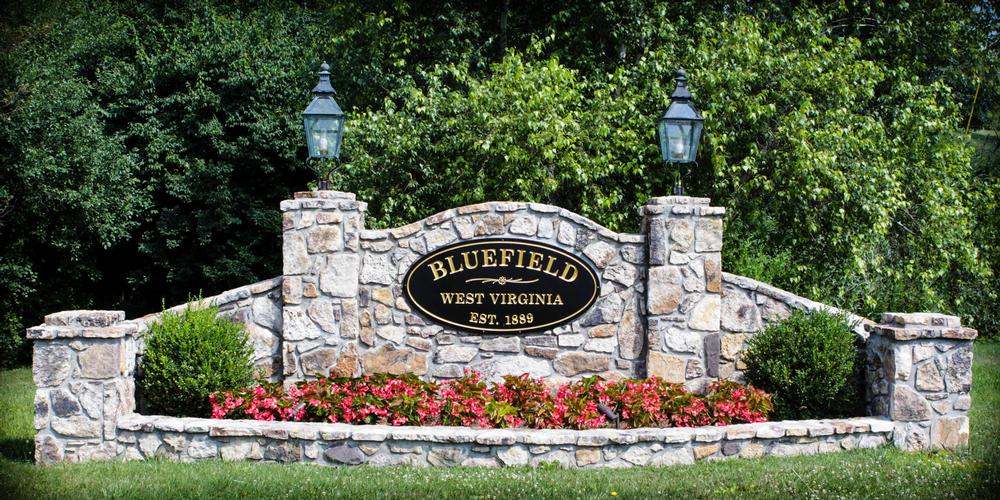
5. Bluefield
I loved this mountain hideaway with sweeping views, friendly small-town charm, and plenty of family fun. Known as “Nature’s Air-Conditioned City” for its cool mountain breezes, this place is nestled in the Appalachian Mountains near the Virginia border.
After about a 2-hour drive south from Charleston (or a little over 1 hour from Blacksburg, VA), we arrived in a town surrounded by rolling hills, winding roads, and that crisp mountain air that makes everything feel fresh and adventurous. We checked into 5-star Baker's Hill Inn for two nights where my highlights included Lotito City Park & Ridge Runner Train, East River Mountain Overlook, Railroad Museum, Bowen Field at Peters Park, and Bluefield City Park Splash Pad in the summer.
My personal highlight was exploring the blend of history and art at the Bluefield Arts Center which completely won me over.
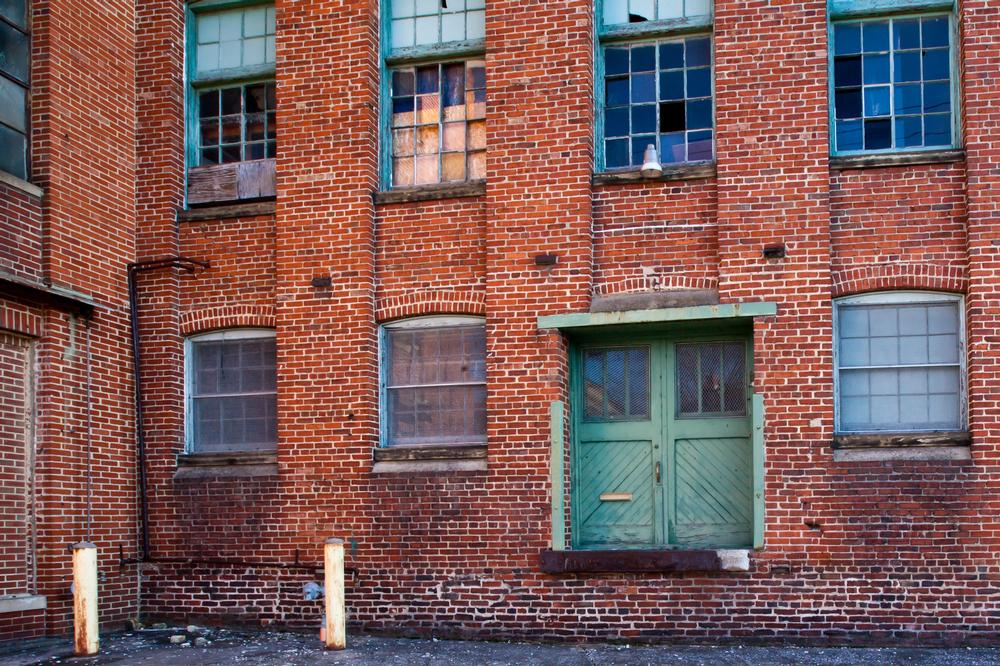
6. Martinsburg
This town, tucked into the Eastern Panhandle of West Virginia, wone me over with Civil War history, train adventures, and small-town charm. I loved its historic brick buildings, leafy neighborhoods, and easy access to outdoor fun, it makes a great family stop that blends learning and play.
Just 90 minutes from Washington, D.C., we arrived in a place that felt peaceful, historic, and easygoing — perfect for exploring with kids. We stayed at Bavarian Inn Resort in Shepherdstown just 20 minutes from Martinsburg. It's the only AAA Four Diamond winner in West Virginia so you can trust that's is a great place to stay.
You can check out Roundhouse & B&O Railroad Complex, Belle Boyd House, Downtown Martinsburg with chops and cafes, and Sleepy Creek Wildlife Management Area a short drive from town.
What I loved best:
My personal highlight was strolling through the Martinsburg Roundhouse, a rare piece of railroad history.
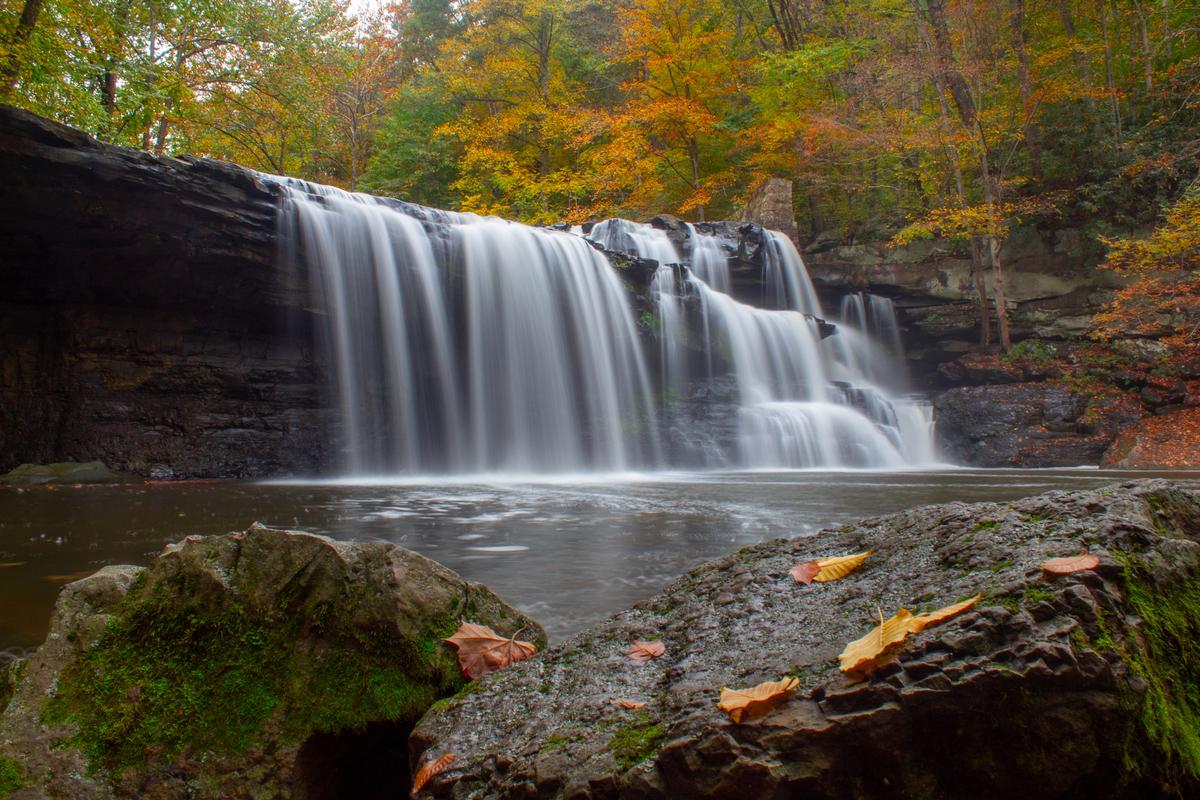
7. Princeton, WV
Set in the scenic mountains of southern West Virginia, we adored this colorful little town with a creative streak. Known for its artsy murals, family-friendly parks, and outdoor adventures nearby, we found that it makes a great stop for kids to play, learn, and explore.
About 1.5 hours south of Charleston, we arrived in a place that felt cozy, walkable, and full of small-town personality, with just enough surprises to keep the kids excited. Family highlights include Princeton Railroad Museum, Chuck Mathena Center, Downtown Murals & Mercer Street Grassroots District, Princeton City Park, and Camp Creek State Park 15 minutes away. You can stay at the 2-star Hampton Inn Princeton or the 3-star Country Inn & Suites by Radisson.
My personal highlight was browsing vintage finds and artisan crafts along Mercer Street.
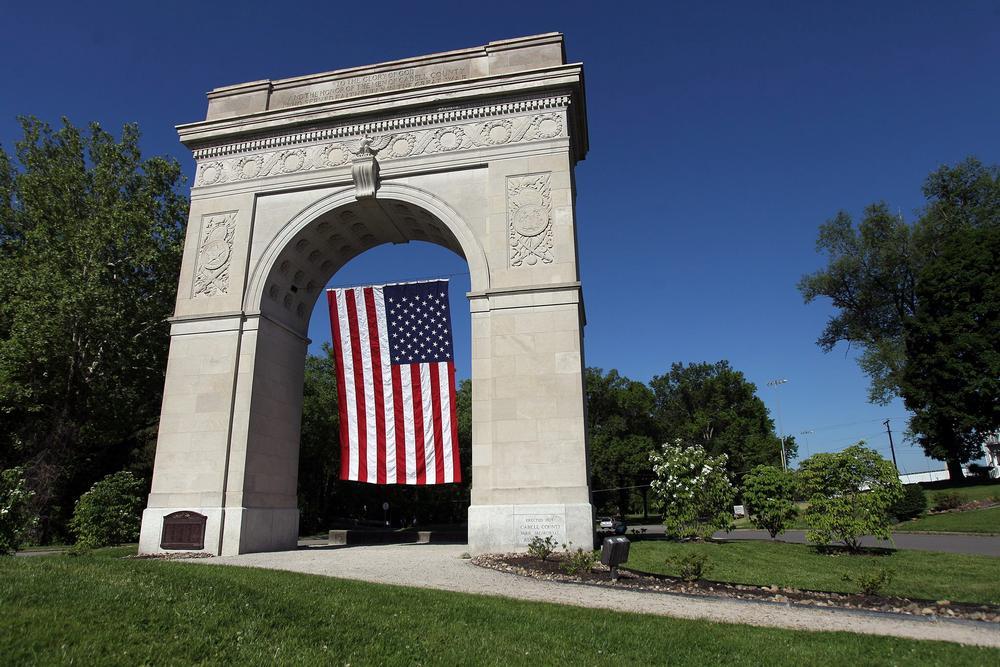
8. Huntington
I thought this lively city with a mix of outdoor adventures, kid-friendly museums, and plenty of space to play was one of the best places to visit in West Virginia. Known for its rail history and as the home of Marshall University, it’s the kind of place where families can enjoy both learning and laid-back fun. After about a 1-hour drive west from Charleston, we arrived in a city on the banks of the Ohio River that felt welcoming, easygoing, and full of things to keep kids smiling.
What I loved best:
My highlights include Camden Park, Heritage Farm Museum & Village, Harris Riverfront Park, Museum of Radio & Technology, Pullman Square and Ritter Park.
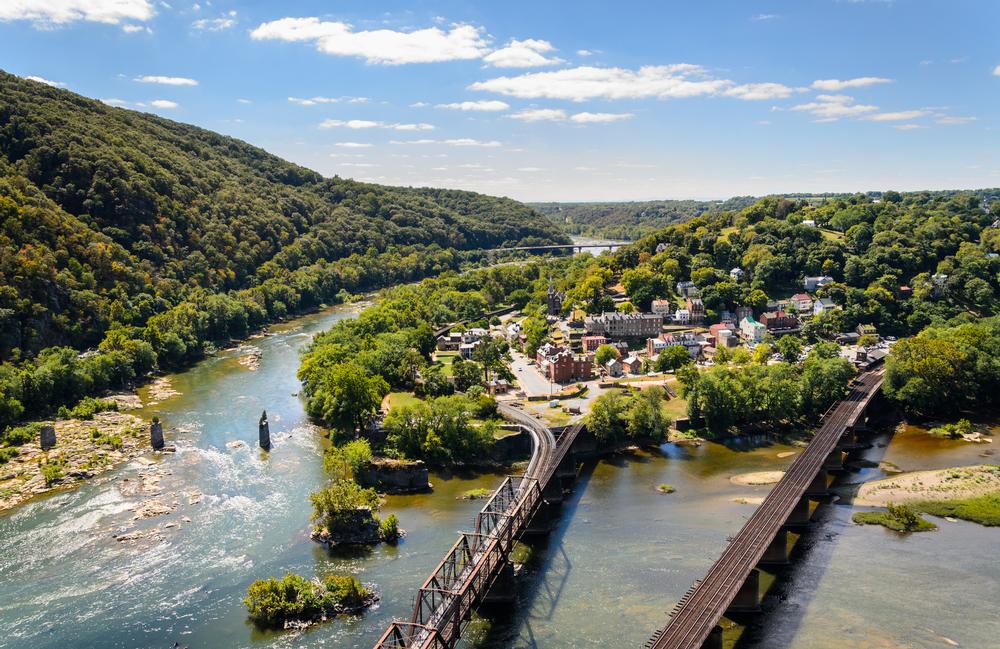
9. Harpers Ferry National Historical Park
When I visited this month, I felt like I had stepped into a place where history and natural beauty meet in the best possible way. Nestled at the confluence of the Potomac and Shenandoah Rivers, Harpers Ferry’s one of the most spectacular destinations in the state and a true window into America’s past.
We drove just over an hour 15 minutes from D.C. to my stay at Hillbrook Inn & Spa, a romantic English country-style estate tucked into the woods. My suite for two days overlooked a creek, and breakfasts were an event in themselves — think brioche French toast with blackberry compote and freshly brewed Appalachian coffee. In the evening, I indulged in a 60-minute classical massage at the spa and then we dined at the inn’s fine restaurant, The Redbook, where every dish felt like a love letter to the region with heirloom vegetables, locally sourced meats, and thoughtful wine pairings.
What I loved best:
a href="https://www.nps.gov/hafe/planyourvisit/things2do.htm" target="_blank" rel="noopener">Living History in Lower Town where you can see costumed interpreters, blacksmith demonstrations, and old general stores from 1800s.
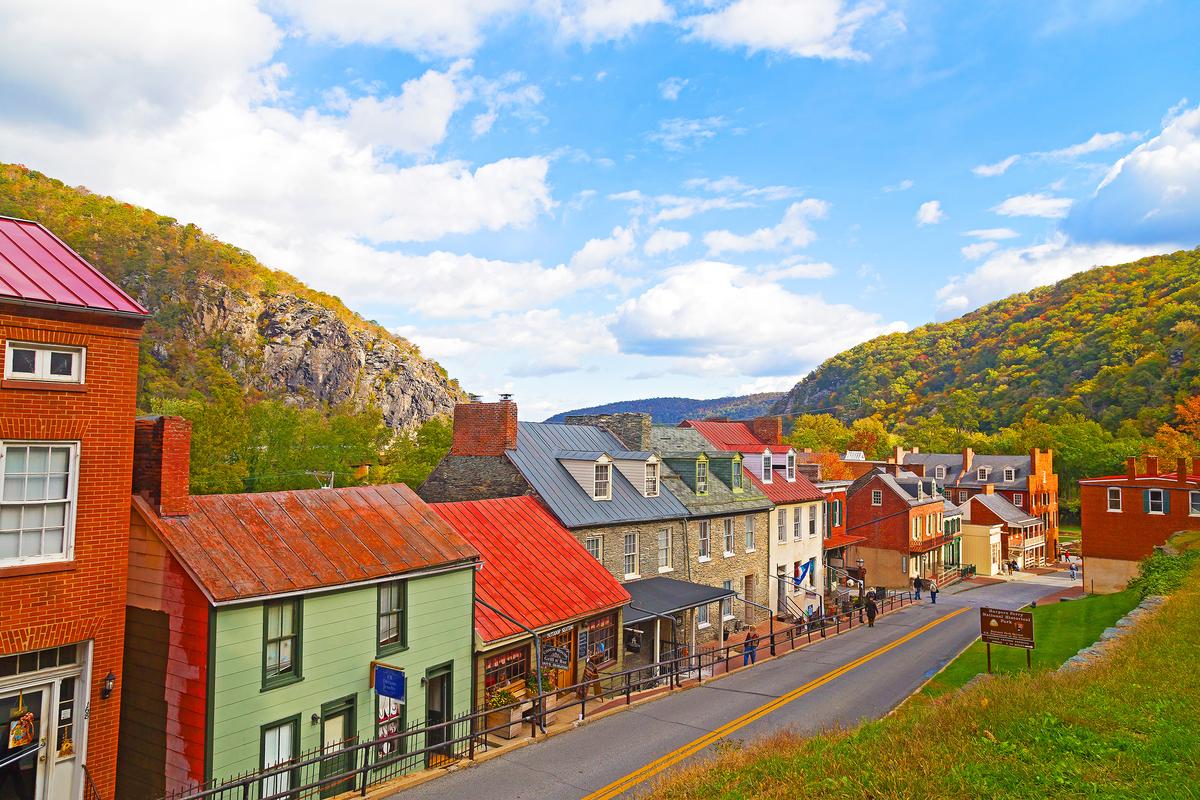

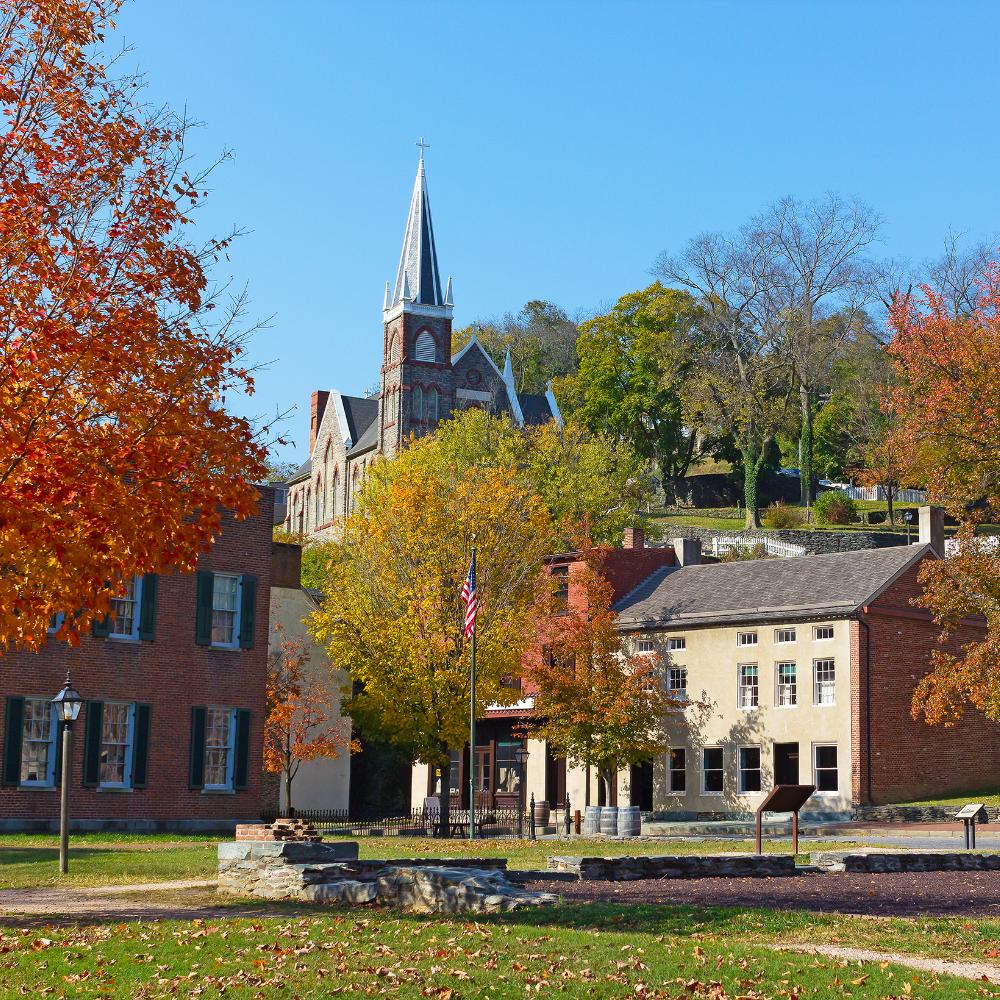
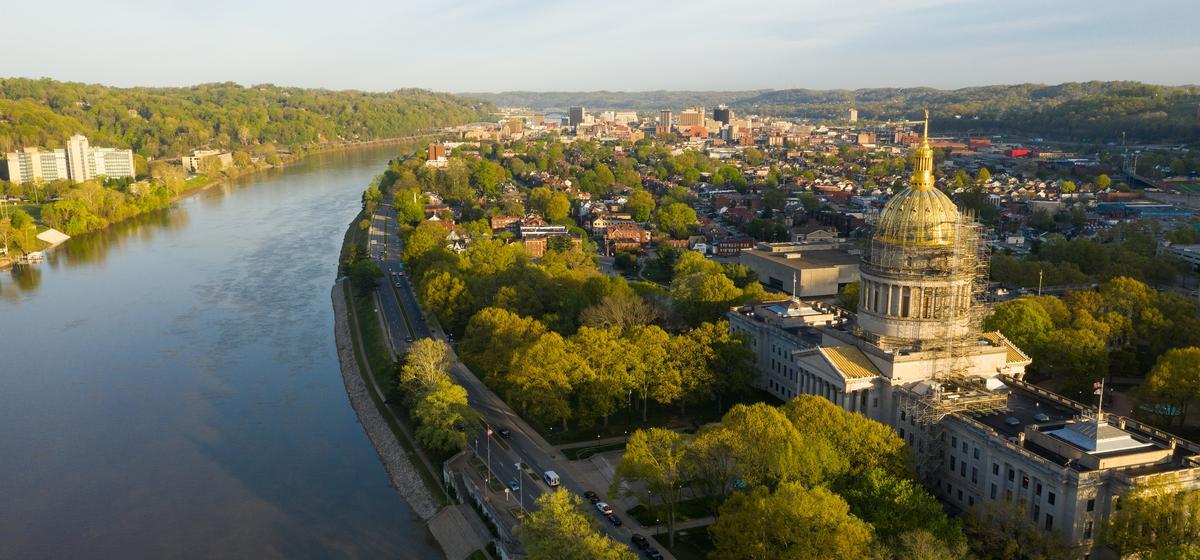
10. Charleston, WV
This is one of my favorite small capital cities to visit because it offers a bit of everything — riverfront views, historic neighborhoods, and great local food.
I loved how the capital of West Virginia sits along the Kanawha River and blends history, art, and outdoor adventure in a way that works beautifully for families. With a gold-domed Capitol, wide riverfront parks, and plenty of museums, it feels both lively and laid-back.
Kid-friendly attractions include West Virginia State Capitol & Cultural Center, Clay Center for the Arts & Sciences, Capitol Market, Kanawha State Forest, Haddad Riverfront Park, and Magic Island Park (a riverside playground and splash pad).
- Where to Stay: The Ryder Hotel ($237), The Vendue
What I loved best:
Visiting Clay Center for the Arts and Sciences with my son.
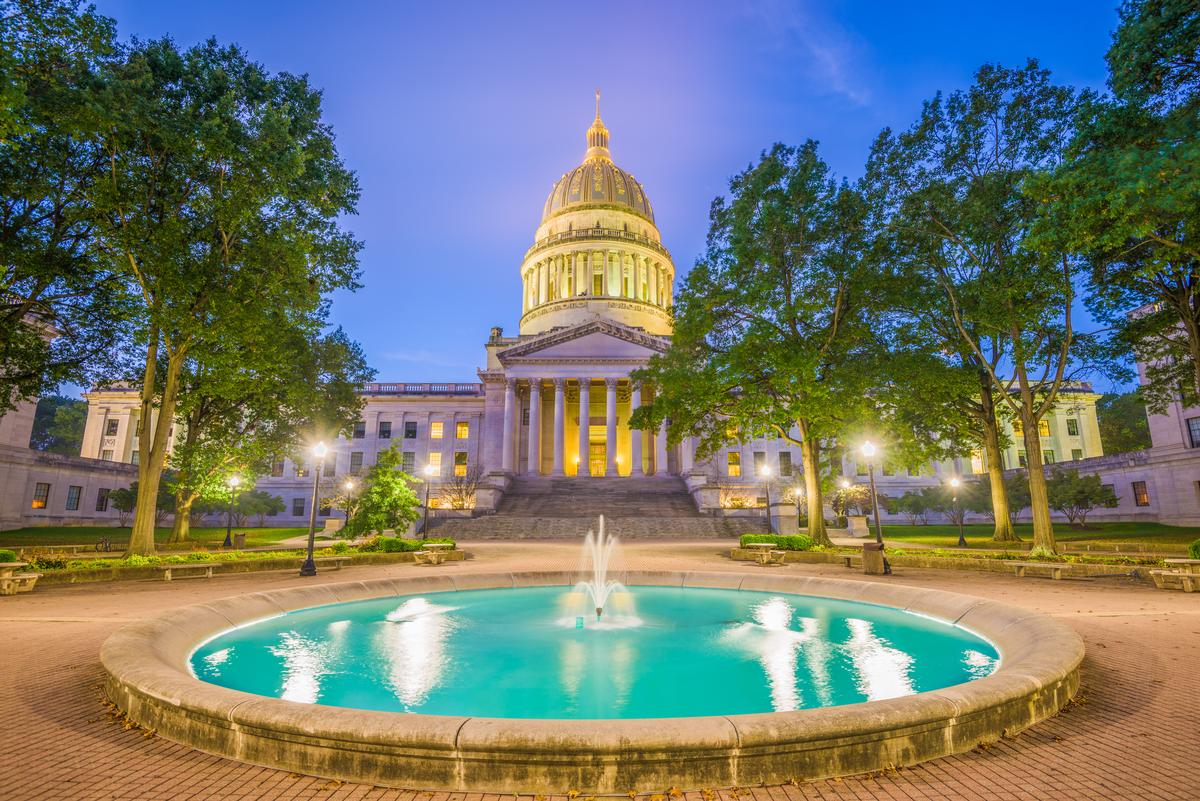

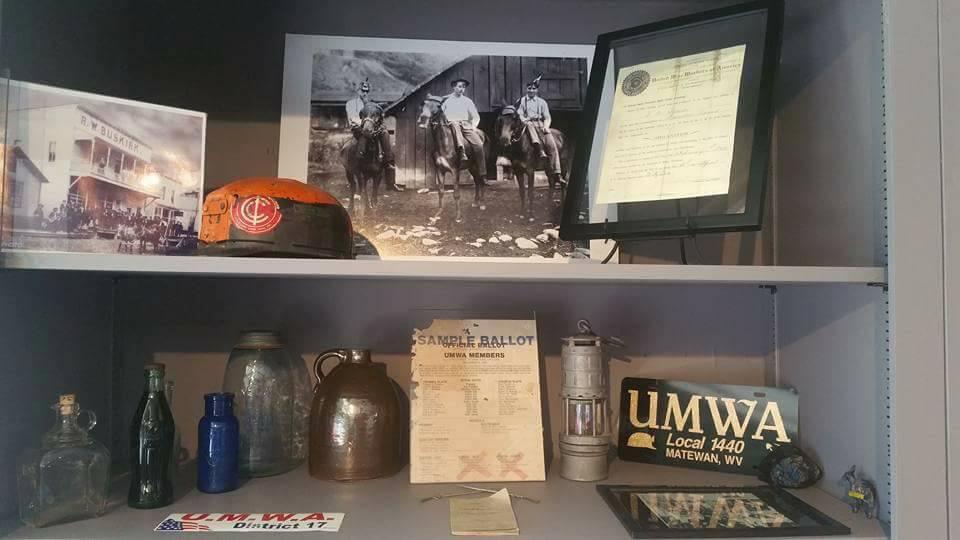
11. The West Virginia Mine Wars Museum
This is one of the most unusual and underrated gems I’ve found in the state. Tucked in the heart of coal country, this small but powerful museum gave me one of the most interesting and emotional experiences of my travels—it’s living history brought to life in the most authentic way.
We drove about 1 hour 50 minutes southwest from Fayetteville to Matewan (population around 400). We stayed the night in nearby Williamson at the Mountaineer Hotel ($109, historic 1920s vibe).
Walking through the exhibits, I was struck by how vibrant and detailed the stories were. I learned about the struggles of coal miners, the labor battles, and the incredible fight for union rights during the early 1900s. It felt like stepping into a time when courage and resilience shaped an entire community.
One of my favorite things was how affordable and accessible the museum is. For just a small admission fee, I got an exceptional experience that was both educational and emotional. It’s the best stop for anyone who wants to understand the roots of West Virginia’s identity and heritage.
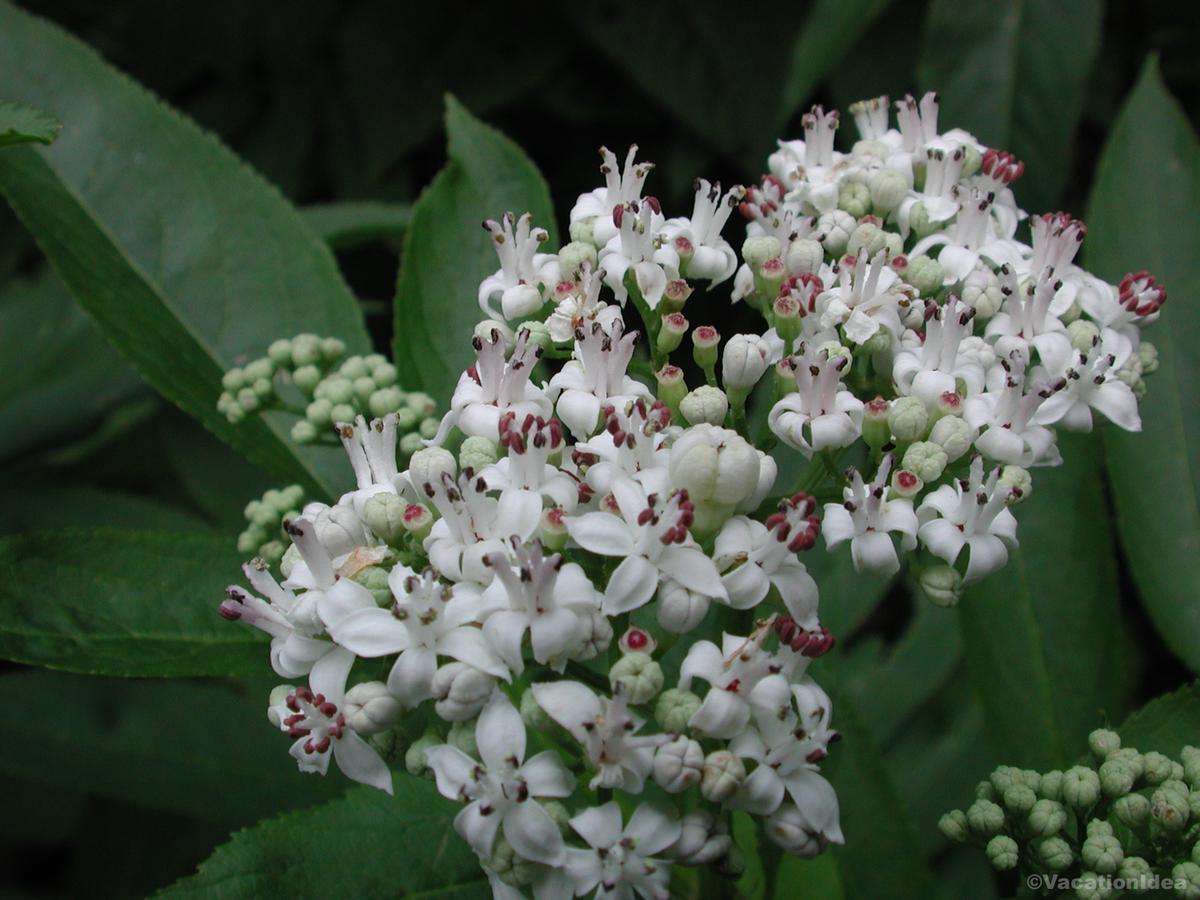
Booking Checklist
1. Book Your Flight - I use Expedia because I like their mobile app with my itinerary. They've helped me re-book flights on many occasions. Once you reach their Gold tier, support is especially good.
2. Book Your Hotel - I use Booking.com or Expedia, depending on my destination.
3. Book Your Rental Car - I use Expedia.
4. Book your tours on Viator or Get Your Guide.
5. If you are planning to visit more than three national parks in the next 12 months, buy the America the Beautiful Pass.
